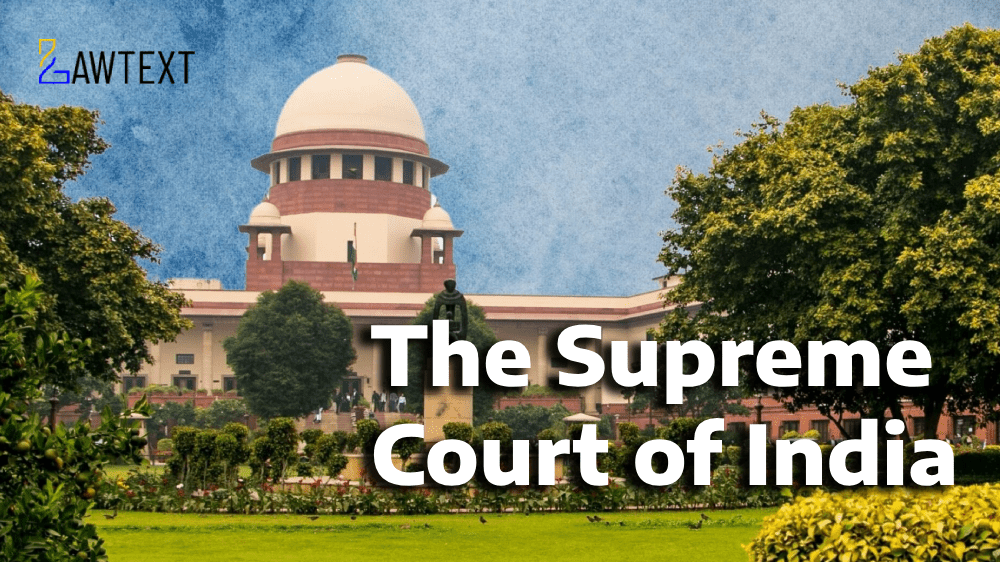

The Supreme Court of India addressed a dispute regarding land acquisition for a safety zone around a cement plant. The Court held that Ultra-Tech Cement Ltd. (the appellant) was not liable to pay compensation under a supplementary award passed for the acquired land, as the land was not transferred to Ultra-Tech under the Scheme of Arrangement with JAL. The Court ordered the State of Himachal Pradesh to pay the compensation and recover it from JAL. The Court also clarified the application of Section 101 of the 2013 Act, stating that the acquired land was utilized as a safety zone and hence could not be returned to the original landowners.
Acts and Sections Discussed:
Factual Matrix (PARA 1–6):
The Himachal Pradesh government acquired 56-14 bighas of land in 2008 for JAL's cement plant to create a safety zone around the mining area. Compensation for the acquisition was contested due to disputes over the ownership and responsibility for payment, especially after the transfer of the cement project to Ultra-Tech under a Scheme of Arrangement.
Submissions by Ultra-Tech (PARA16–18):
Ultra-Tech argued that under the Scheme approved by the NCLT, all contingent liabilities, including those related to the land acquisition, remained with JAL. Ultra-Tech did not own the land in question, and JAL had already paid compensation under an earlier award.
Submissions by JAL (PARA 19–20):
JAL contended that the land formed part of the safety zone necessary for the cement project, now operated by Ultra-Tech, and that Ultra-Tech was responsible for paying the compensation under the supplementary award.
Issues for Determination (PARA 20):
The Court identified four key issues: the transfer of liabilities under the Scheme, Ultra-Tech’s responsibility for compensation, the return of unutilized land, and the role of the State in ensuring full payment.
Analysis (PARA 21–42):
The Court scrutinized the Scheme and held that JAL was responsible for the liabilities related to the land acquisition. It rejected JAL’s argument that the land was integral to the project and thus Ultra-Tech should pay. The land could not be returned under Section 101 of the 2013 Act, as it was being utilized as a safety zone.
Role of the State (PARA 43–56):
The Court emphasized the State’s duty under Article 300-A of the Constitution to ensure compensation is paid promptly. The State's failure to intervene earlier was criticized, and the Court directed it to pay the compensation to the landowners and recover it from JAL.
Ratio Decidendi:
The Supreme Court held that Ultra-Tech Cement Ltd. was not liable for paying compensation for the acquired land, as the liabilities under the acquisition fell on JAL, based on the Scheme of Arrangement. The Court reaffirmed that the State has a constitutional obligation to ensure timely compensation and must recover the payment from JAL.
Subjects: #LandAcquisition #RightToProperty #CorporateLiability #ConstitutionalLaw #Compensation #IndustrialDevelopment #PublicPurpose
Citation: 2024 LawText (SC) (9) 204
Case Number: CIVIL APPEAL NO. 10662 of 2024 (Arising out of the Special Leave Petition (Civil) No. 14286 of 2022)
Date of Decision: 2024-09-20
Case Title: M/s. ULTRA-TECH CEMENT LTD. VERSUS MAST RAM & ORS.
Before Judge: [J. B. Pardiwala J. , Manoj Misra J.]
Appellant: M/s. ULTRA-TECH CEMENT LTD.
Respondent: MAST RAM & ORS.